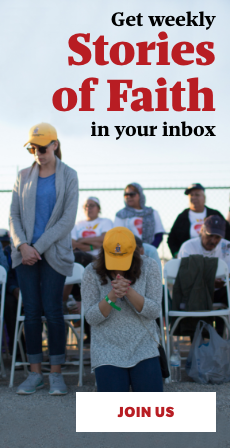Catholic Extension Society’s support of the Catholic Church in Alaska has impacted almost every church—and Catholic—in the state.
There are about 40,000 Catholics in the state, 100 missions and parishes, and 50 priests who serve the two dioceses: the Archdiocese of Anchorage-Juneau and the Diocese of Fairbanks.
The history of God’s children in Alaska stretches back 10,000 years, when the ancestors of today’s Native Alaskans crossed the Bering Land Bridge and forged a vibrant life and culture in the harsh northern environment.
The first Catholic Mass was celebrated by explorers in 1779, and the first missionaries arrived not long after that. In 1867 the U.S. government purchased the territory of Alaska from Russia for $7.2 million. In the next several decades, gold and copper mining drew thousands of prospectors and workers to the region.
In addition to priest salaries, seminarian education and ministry support, Catholic Extension Society has helped build or repair the Catholic churches of Alaska more than 260 times.
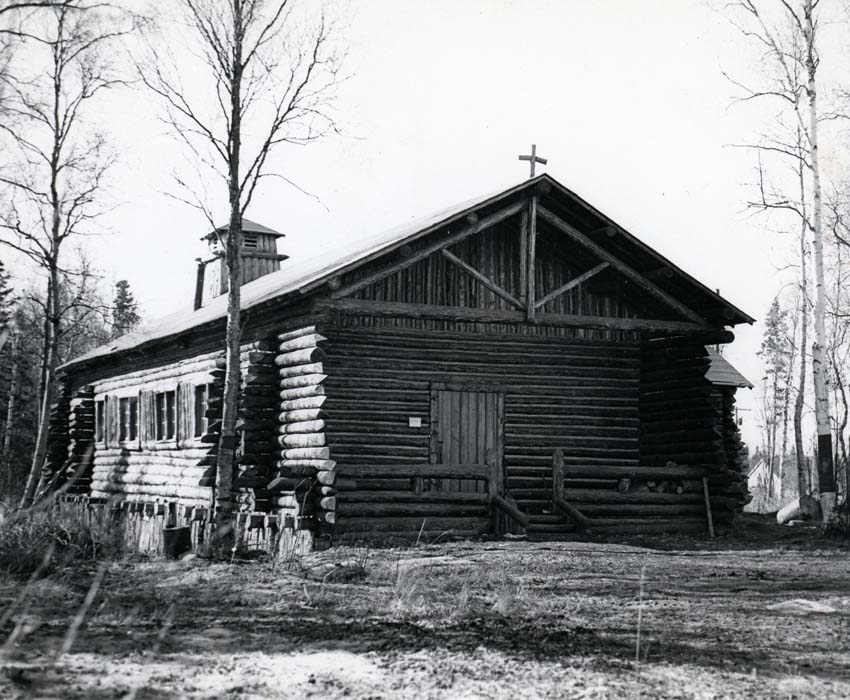
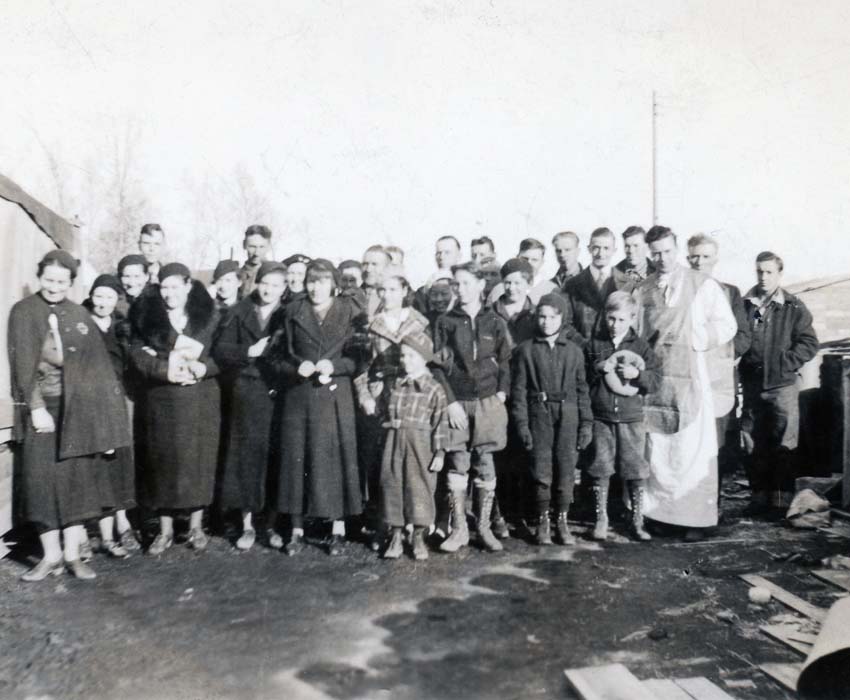
Throughout the years, extreme distance, weather and remoteness have presented challenges that Catholic communities had to overcome.
This timeline highlights Catholic Extension Society’s involvement through the significant events in Alaska’s history, representing just a handful of the thousands of ways our donors have helped build the Catholic Church in Alaska.
1906
Within a year of its founding, Catholic Extension Society helped build St. Francis Xavier Church in the recently established town of Valdez.
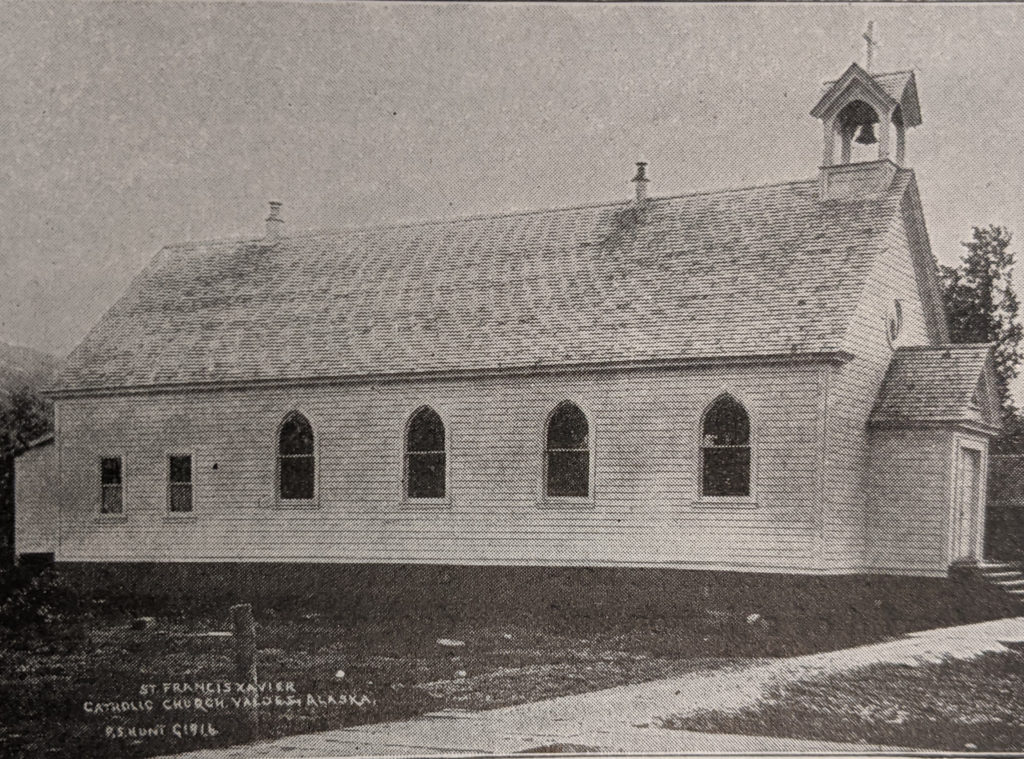
Extension magazine printed a letter written by the pastor, Jesuit Father Mathias Schmitt.
He wrote about how his predecessor encouraged the project:
He persuaded the Catholics to build a church. Although few in number they took courage. The Catholic Church Extension Society made a donation of $250. Long live Extension Society!”
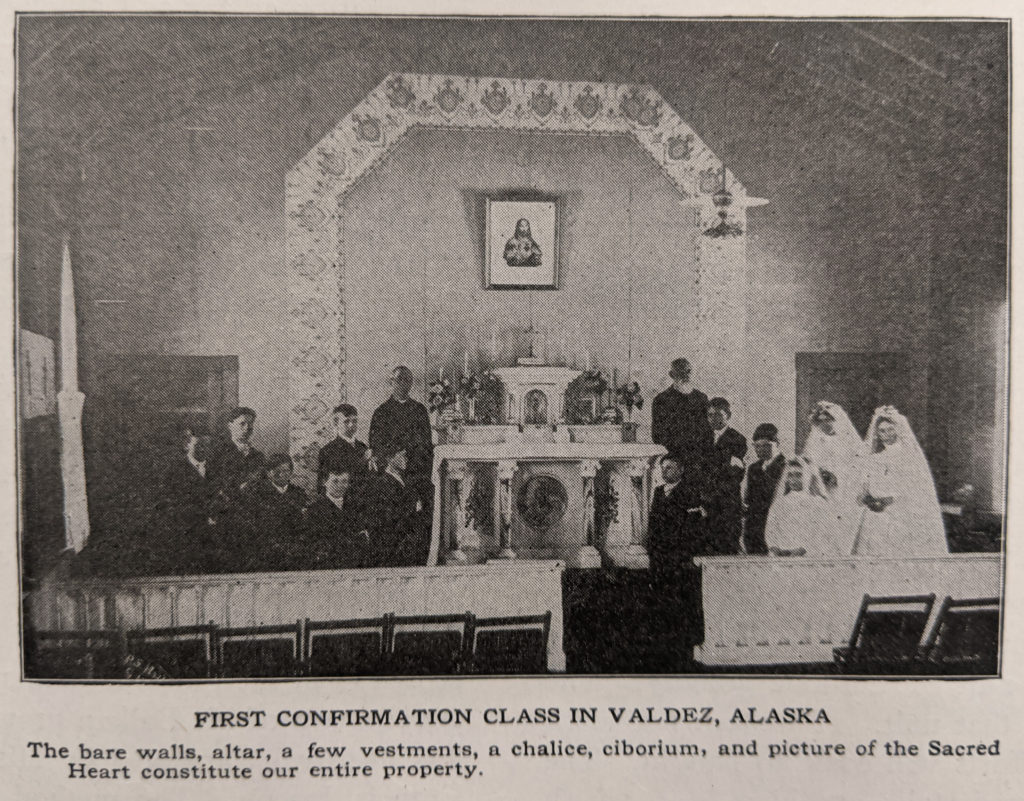
1918 Influenza
The 1918 influenza reached Alaska with devastating consequences, especially for Native Alaskans. During this time, many men were also enlisted in World War I, leaving behind their already small towns. This resulted in worker shortages in villages that supplied canned foods sent to Europe for the war.
In March of this tumultuous year, Father G. Edgar Gallant became the first priest to be ordained in Alaska. By this point, Catholic Extension Society had already invested heavily in building churches and schools and assisting clergy.
“Haines is a little town of about three hundred people, about thirty of whom are Catholics. We have no church building or any other building of our own in which we could conduct services,” he wrote in a letter published in Extension magazine in 1920.

Our donors read his call and responded. Catholic Extension Society provided the community $1,000 to build Sacred Heart Church in Haines, a community our donors continue to support today.
1927
In 1927 Jesuit Father Martin J. Lonneux wrote to Catholic Extension Society requesting a “chapel boat” to minister in villages along the Yukon River in the summer. His letter was printed in Extension magazine:
I have great hopes, especially in the kind and generous Extension Society. I have before me a letter informing me that your reverence will try to secure a donation for my chapel. Would it be out of place if that donation were applied for a floating chapel? Without a boat I am rendered almost powerless, and there is so much to be done.”
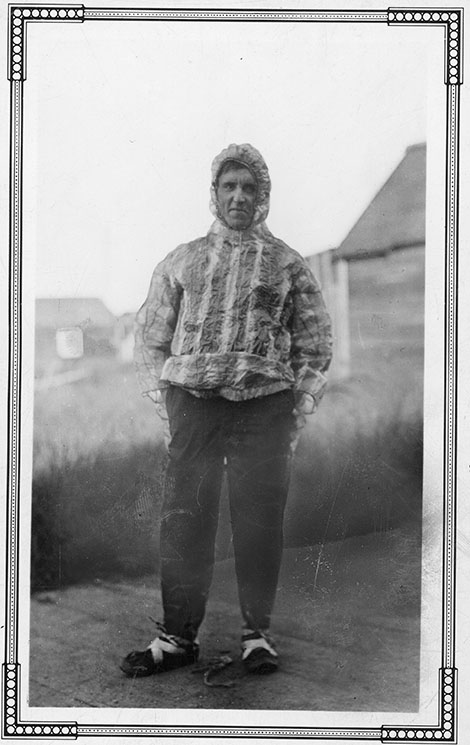
1930s: The Great Depression
Alaska did not escape economic turmoil as the United States sank into the Great Depression.
Catholic Extension Society’s president at the time, Reverend William D. O’Brien, published a prominent letter titled “The Call of the North” from Jesuit Bishop Joseph R. Crimont, the first vicar apostolic of Alaska.
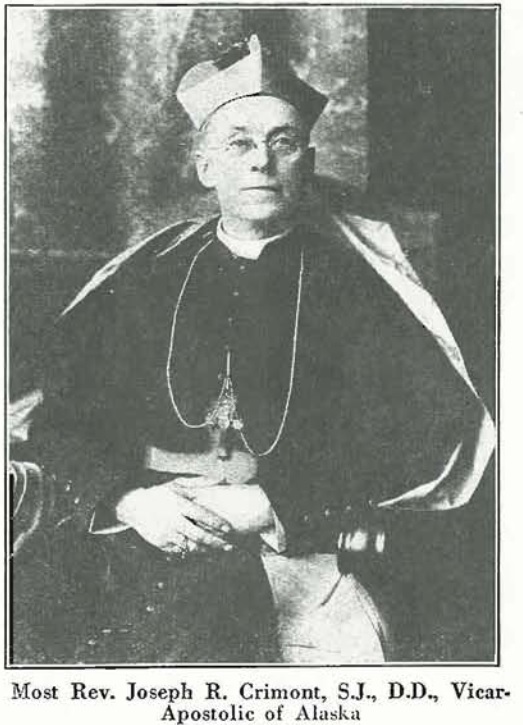
The funding was most urgently needed because the missions of Alaska depended on a yearly shipment of food, clothing, medicine and other materials to survive. There was no funding left to pay for this.
In 1932 the bishop wrote: “To whom, in the pangs of my dire distress, can I address myself with confidence and the hope of a great response to the S.O.S. message of our Alaskan Missions, but to the offices of The Catholic Church Extension Society, who at all times have an ear open to listen to an appeal, and a hand stretched forth to satisfy it? Surely, through you, our cry of distress will reach the ears and move the hearts of thousands, willing to save us from the dreadful calamity now impending.”
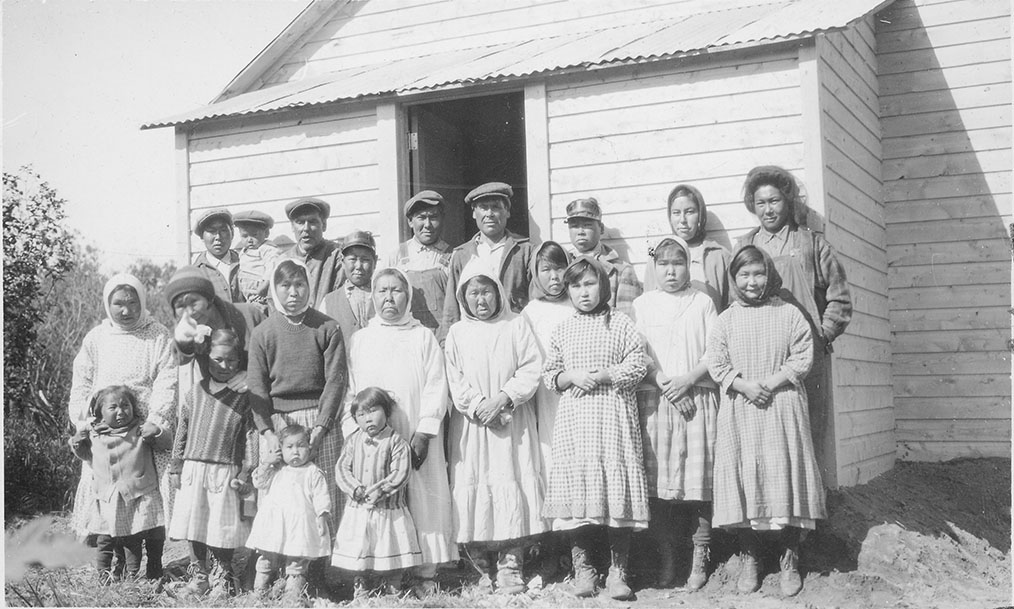
A follow-up article two months later showcased letters of support and promises to help from around the country.
One response read, “Thanks for your earnest appeal for the Alaskan missions—also for the flattery which places us here among the more prominent congregations. We, small as we are, will do our best.”
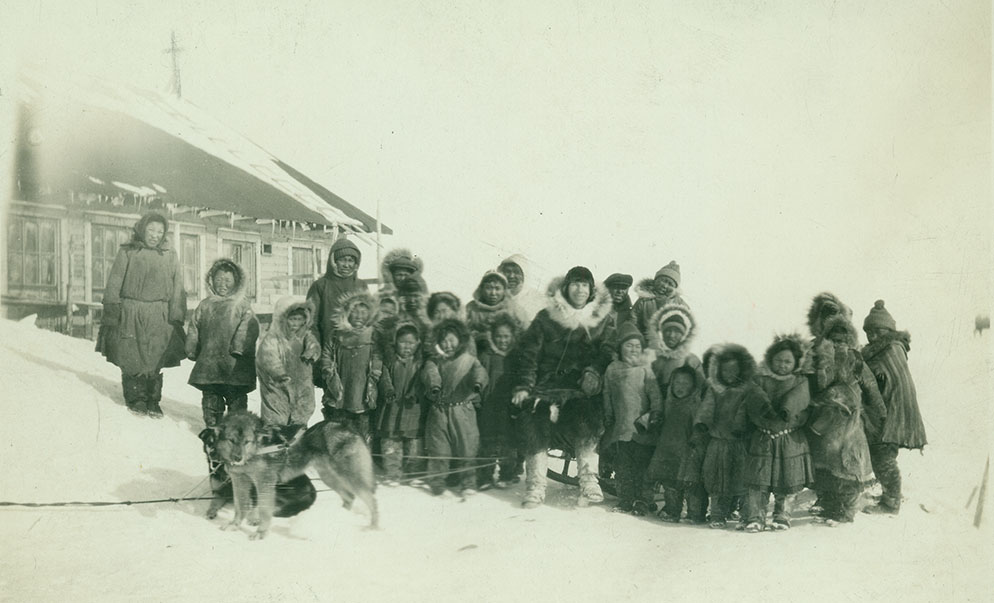
1938
In 1938, an unnamed pastor in Akulurak wrote this letter to Extension in an appeal for support:
“During Masses on Christmas and Easter the music is sung by the full toned voices of the entire congregation. Standing at the altar I am time and again thrilled through and through by the melodious voices of my people. The Eskimo in this district is perhaps among the poorest of God’s children, but God has given him a warm heart despite his chilly surroundings.”
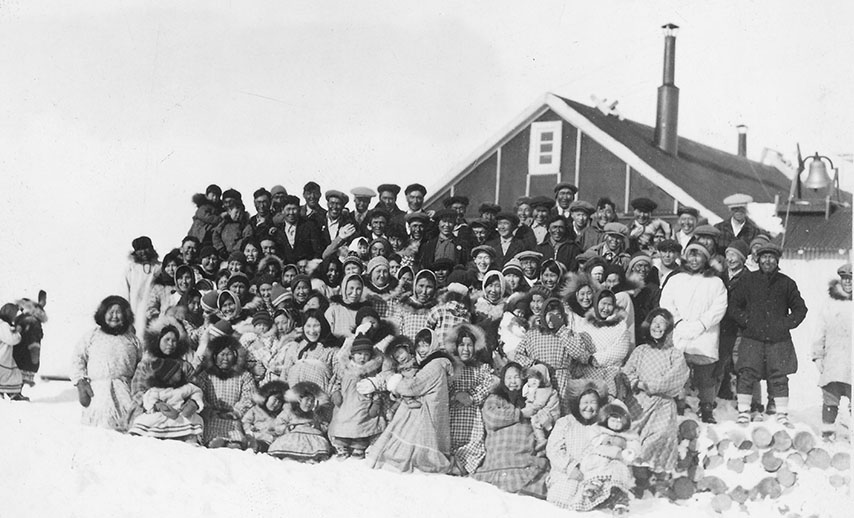
1940s-50s: WWII and the Postwar Boom
Throughout World War II, as advertisements to “Buy war bonds” adorned the pages of Extension magazine, Catholic Extension Society continued to work in solidarity with faith communities in Alaska. In particular, priests received salary support as they ministered to their communities in these turbulent times.
Bishop Walter J. Fitzgerald, the auxiliary bishop of Alaska, wrote in 1942:
“During the past five months I have visited many of the missions of the interior, along the Yukon and south on the Bering Sea. You will be pleased to know that at nearly all of the missions Extension is held in grateful remembrance, and memorial plaques testify to the part that The Catholic Church Extension Society has played in the furtherance of Christ’s Kingdom among the natives of Alaska.
I was at St. Mary’s Mission at Akulurak and the splendid church reared with the help of Extension Society was entirely filled with Eskimos at Christmas Midnight Mass. The church seats 400 people.”
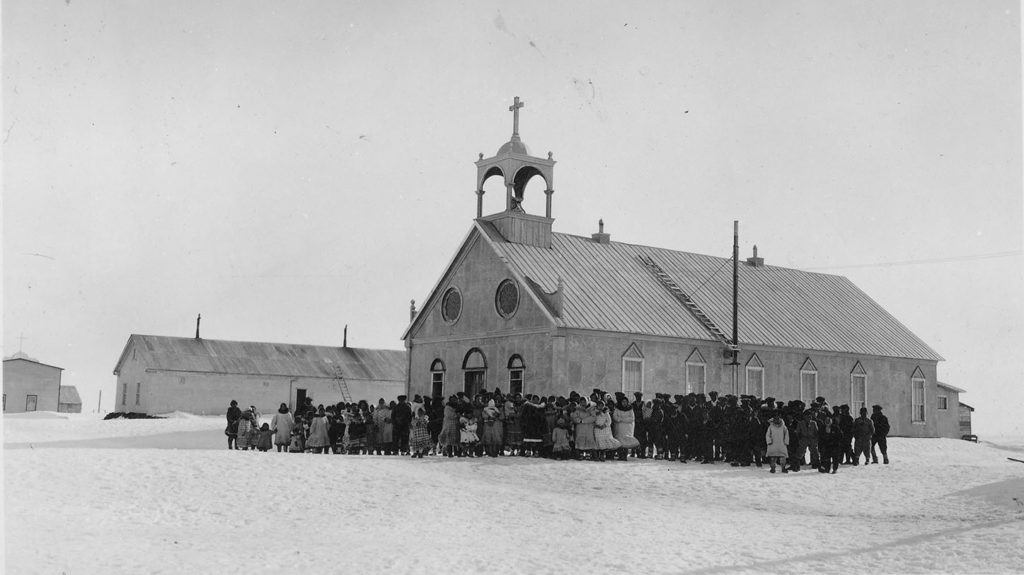
Following the war, Alaska experienced an economic and population boom. Catholic Extension Society helped build and repair dozens of churches in existing native villages and new settlements across the state.
These include many communities Catholic Extension Society continues to support, such as these parishes:
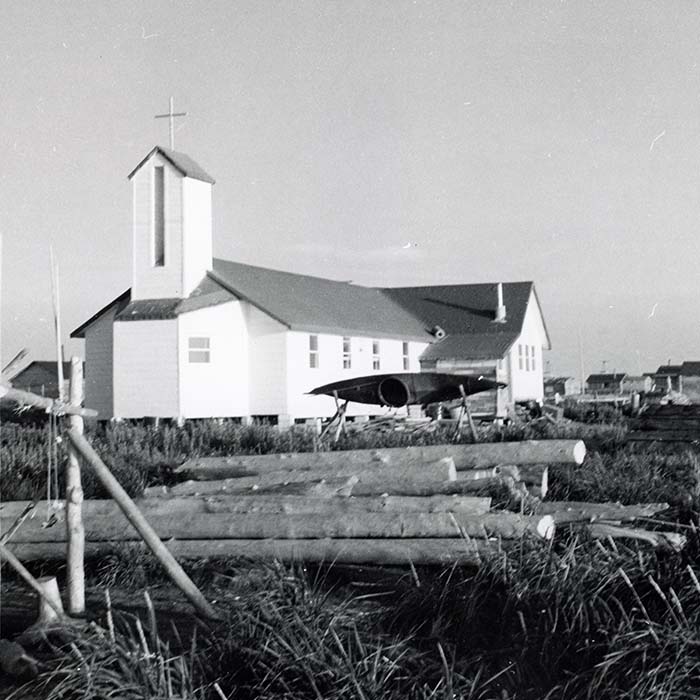
St. Bernard Church in Stebbins
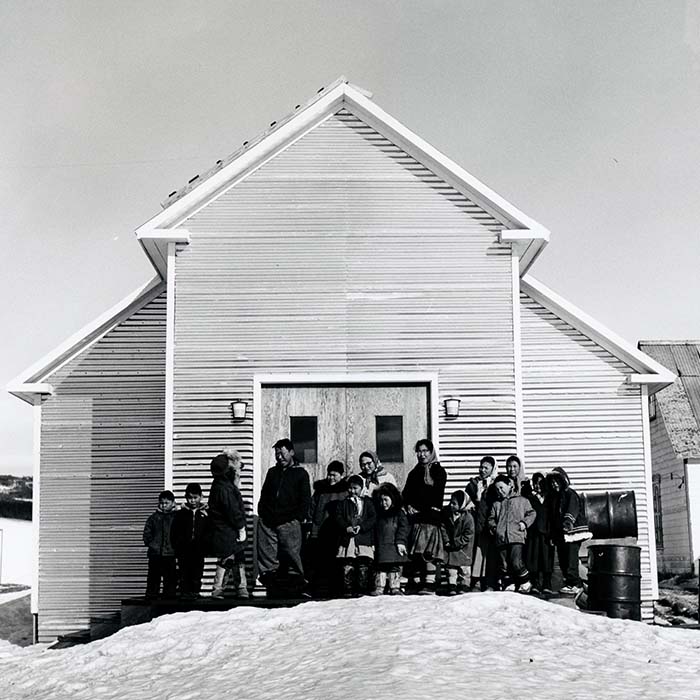
St. Lawrence Church in Mountain Village
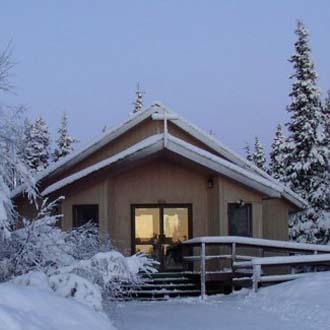
Holy Rosary Church in Dillingham
1951
The Diocese of Juneau, the first official diocese in the state, was formed in 1951 under Bishop Dermot O’Flanagan, D.D.
His letter was printed in this Extension magazine edition featuring a “dogsled priest” in February 1952:
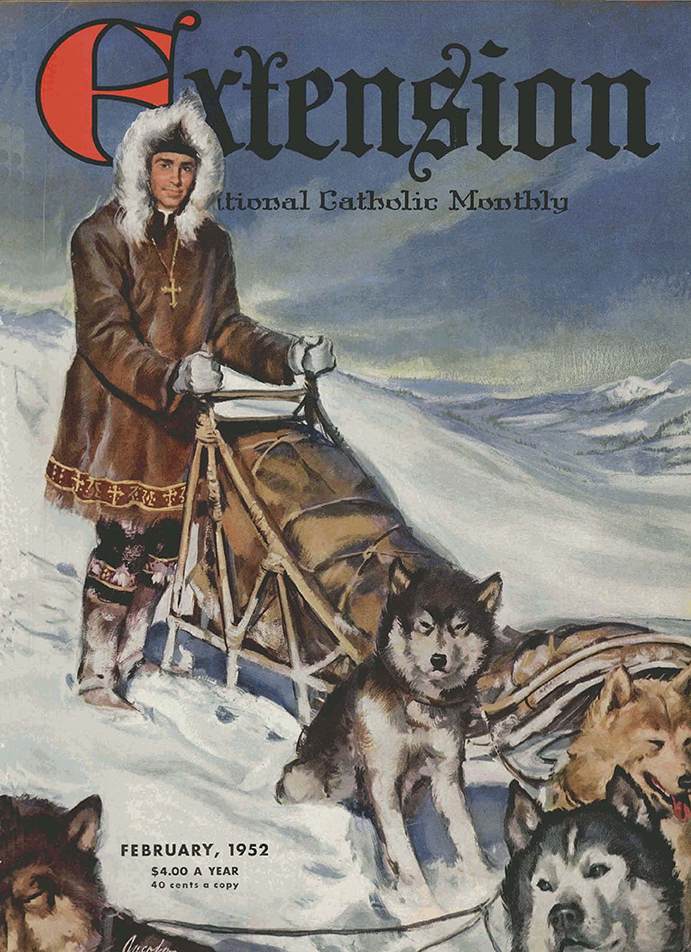
He described the optimism and challenges of the time: “[There are] many new towns and settlements that have arisen and will continue to rise as the result of further development of the natural resources of the territory. These have brought with them and will continue to bring in the near future the demand for new churches, new schools and more priests.”
He continued,
It is not possible at this time to tabulate all the help and aid that has been given to this portion of the Territory of Alaska, but I am confident that there is no church, no mission, no priest who has not experienced, in one way or another, during the past forty-four years, the kindness and generosity of the Catholic Church Extension Society.
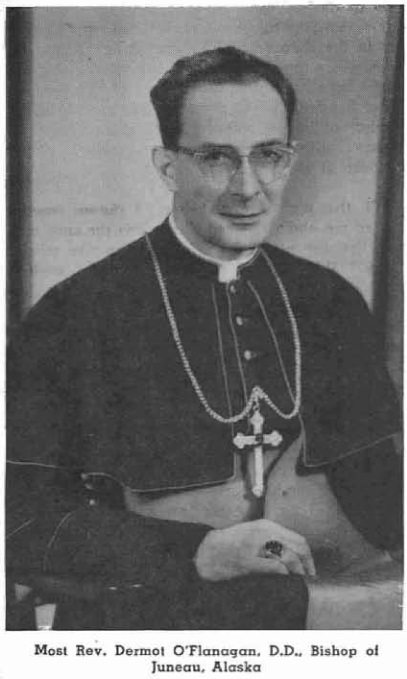
He concluded, “For what has been done we are indeed grateful to the officers and benefactors of the Extension Society, and we look forward with hope and confidence in the future because we realize that our needs and our problems are not unknown to and unnoticed by its president, Bishop William D. O’Brien, and his staff at Extension headquarters.”
1959: Alaska becomes a state
Alaska became a state in January 1959. By this time, Catholic Extension Society had helped build up the Catholic faith in the region hundreds of times with more than $200,000 in funding—millions of dollars in today’s money.
1964 Great Alaskan Earthquake
The largest reported earthquake in U.S. history hit Prince William Sound on Good Friday. Along with its subsequent tsunamis, the earthquake caused immense damage in over a dozen towns. Catholic Extension Society sent aid to support the devastated faith communities and help rebuild their churches.
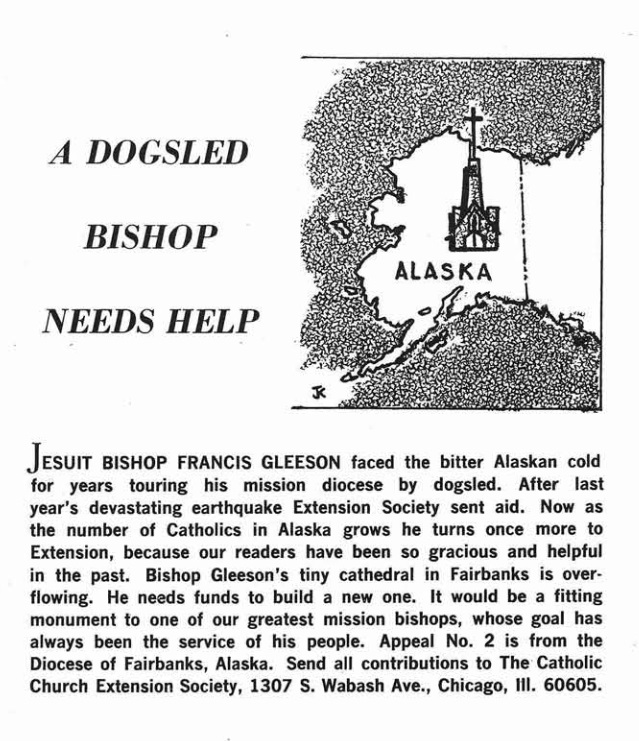
1968 Prudhoe Bay Discovery
The largest oil deposit in North America was discovered in Prudhoe Bay on the northern coast. The discovery boosted Alaska’s economy and population for several decades.
1971 Alaska Native Claims Settlement Act
The Alaska Native Claims Settlement Act (ANCSA) was passed in 1971, giving Native Alaskans rights to close to 150 million acres of land. At this time, Catholic Extension Society had been supporting native communities since our founding.
This same year, America’s first Catholic radio station, KNOM, began airing out of Nome with the help of Catholic Extension Society.
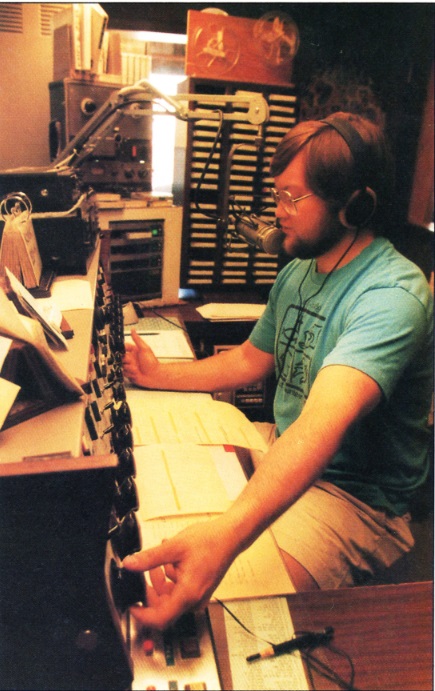
The station broadcasted spiritual guidance, prayers, Mass and educational Catholic programming to the faithful scattered through the vast region of Alaska—many of whom go without the presence of a priest for months.
1977
Bishop Francis T. Hurley of the Diocese of Juneau flew a plane funded by Catholic Extension Society to visit parishes and perform confirmations. An article in the November 1977 edition of Extension magazine shows that several of the parishes worshipped in trailer home chapels furnished by Catholic Extension Society.
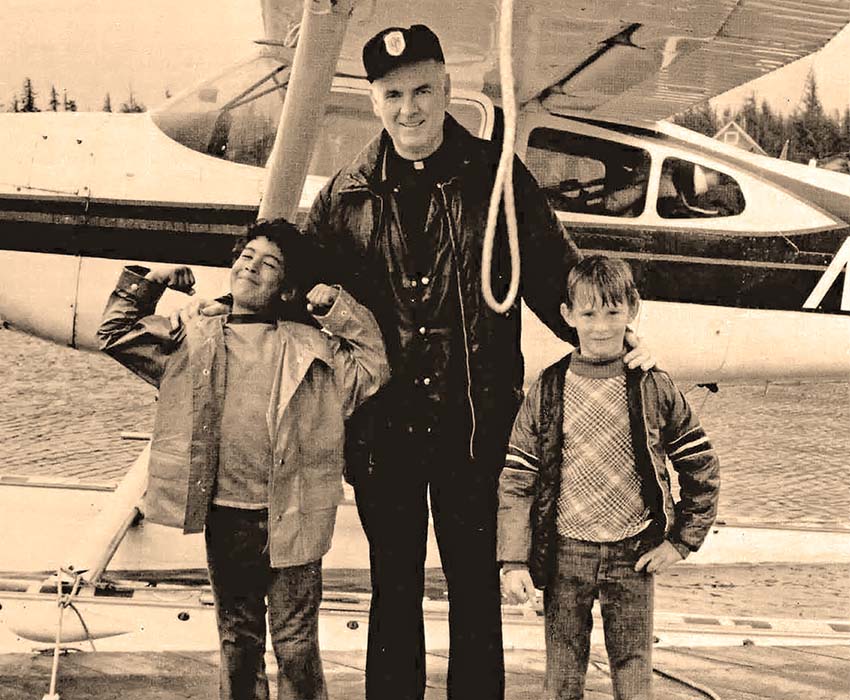
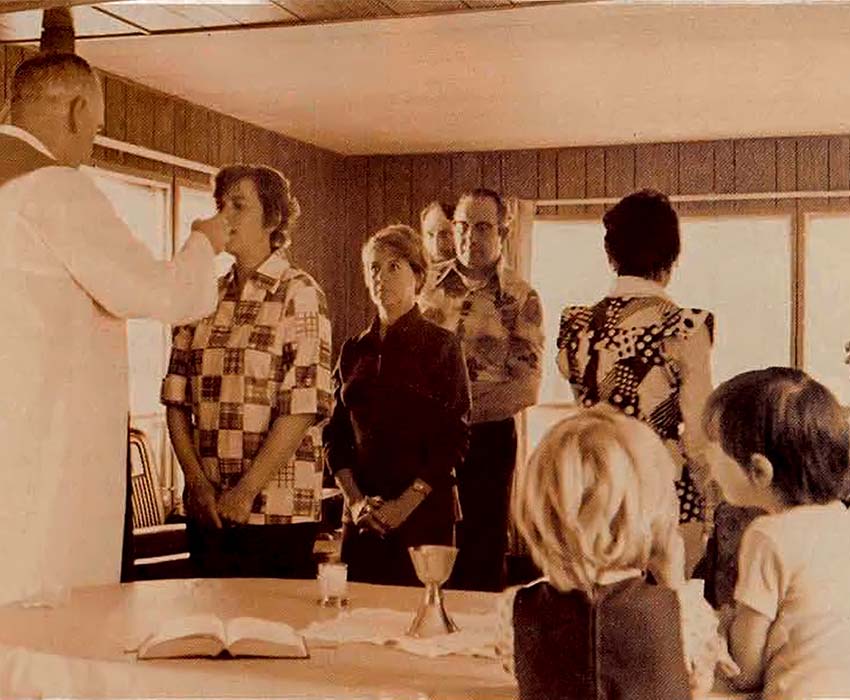
1980
In 1980 Sister Ida Brasseur, SSA, who spent 30 years spreading the Gospel in isolated pockets of southwestern Alaska in the Archdiocese of Anchorage, received the Lumen Christi Award.
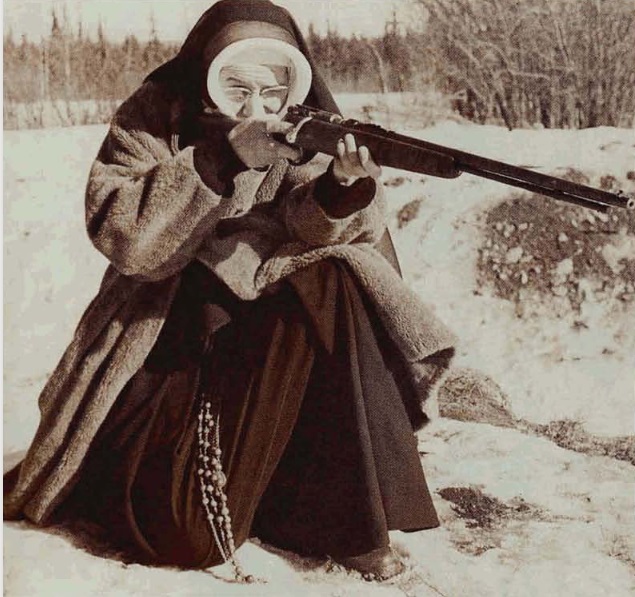
1987
Sister Margaret McCarthy, PBVM, received the Lumen Christi Award in 1987 for serving in nearly every mission area of the Diocese of Juneau. She worked as a pastoral leader, friend to the poor and incarcerated, and staff member in a soup kitchen and shelter.
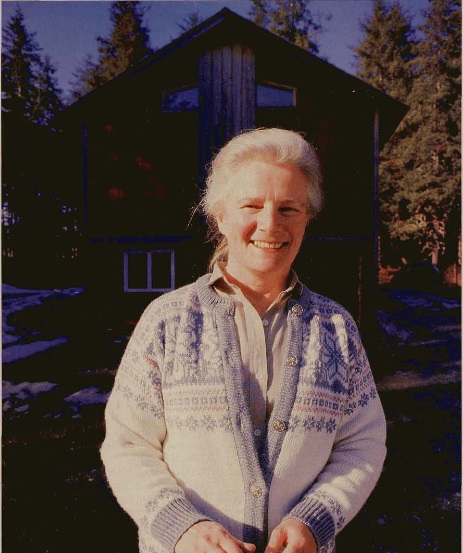
1989: Exxon Valdez Oil Spill
The Exxon Valdez oil tanker spilled 11 million gallons of crude oil along 1,500 miles of the Prince William Sound coastline.
At this time, Catholic Extension Society was providing the equivalent of $1 million per year in today’s dollars to keep the Church in Alaska strong. This included supporting religious education, youth ministry, a deacon program for Native Alaskans and more. In 1992, our donors helped build a multi-purpose center for St. Patrick’s Church in Utqiagvik (formerly Barrow), the northernmost community in all of Alaska.
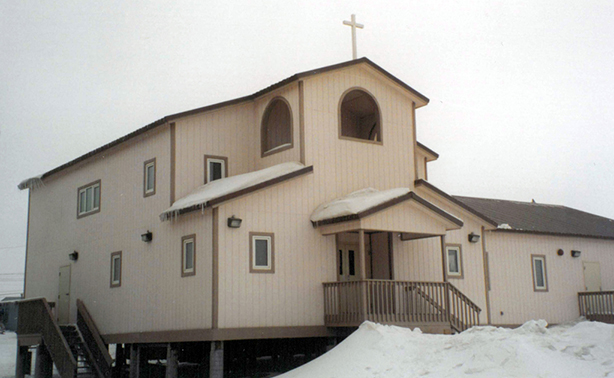
In particular, the Native Ministry Training Program was established with support from Catholic Extension Society. This was created to develop native lay leaders in the far-flung parishes in the Yukon-Kuskokwim Region. Here there are no resident priests, but many native Catholics eager to keep faith strong in their community. The program still runs successfully today.
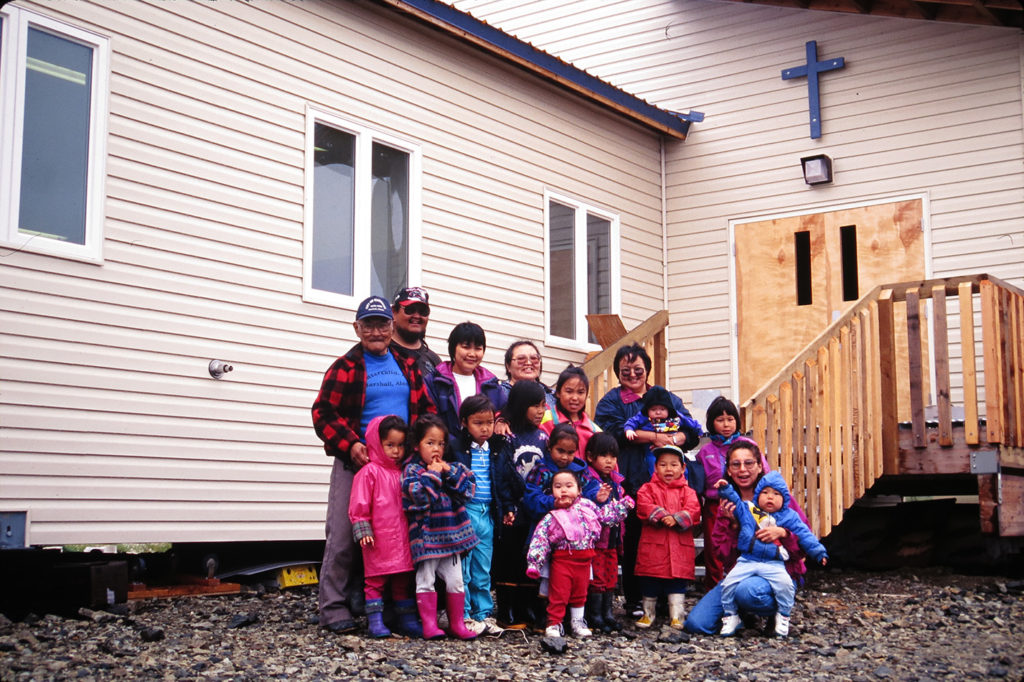
2002
In 2002, at the age of 73, Father James Kelley, a retired navy chaplain, experienced pilot and pastor of the “world’s largest parish,” died in a plane crash on his way to celebrate Masses on Palm Sunday.
Flying out of Dillingham, Father Kelley traveled across the 1,200-mile chain to serve 23 communities across the Aleutian Islands.
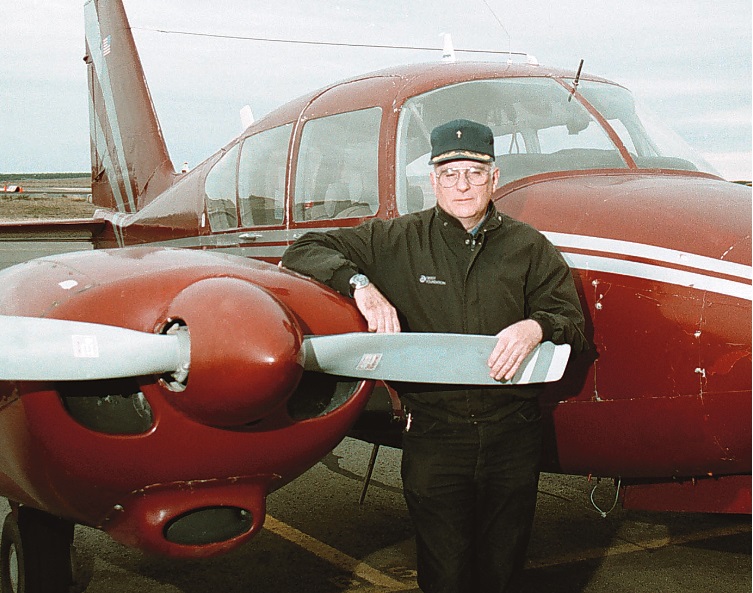
Catholic Extension Society, which funded Father Kelley’s ministry, including the plane he flew, printed a tribute to his incredible devotion to serve the Aleut people.
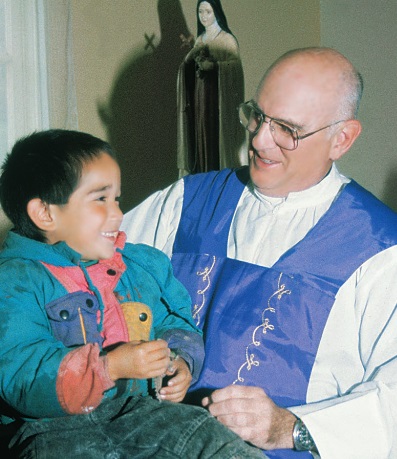
“I salute Father Kelley’s memory, thank him for his mission spirit, and commend him to God’s loving mercy,” wrote the Most Reverend William R. Houck, Catholic Extension Society’s president at the time.
He continued,
Priests in Alaska who must travel by plane, boat, snowmobile and dogsled to reach isolated villages risk their lives every day to reach these far-flung Catholics in our country.”
2005
In 2005 Holy Cross Reverend LeRoy Clementich received the Lumen Christi Award for his many dedicated years flying to isolated villages in the Archdiocese of Anchorage. He passed away in July of this year after a lifetime of service to God’s people.
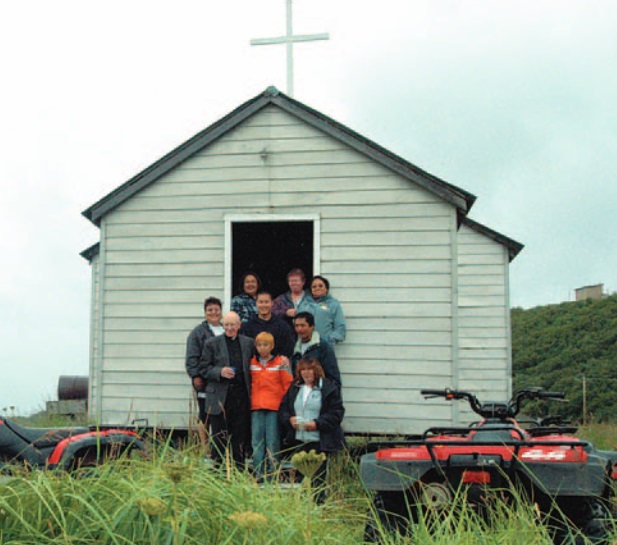
Present Day support of the Catholic Church in Alaska
In solidarity with Archbishop Andrew Bellisario, C.M., of Anchorage-Juneau and Bishop Chad Zielinski of Fairbanks, Catholic Extension Society and our supporters are committed to strengthening the vibrant and diverse communities in Alaska.
Here are some of the ways we support the Catholic Church in Alaska today:
Fuel and transportation costs
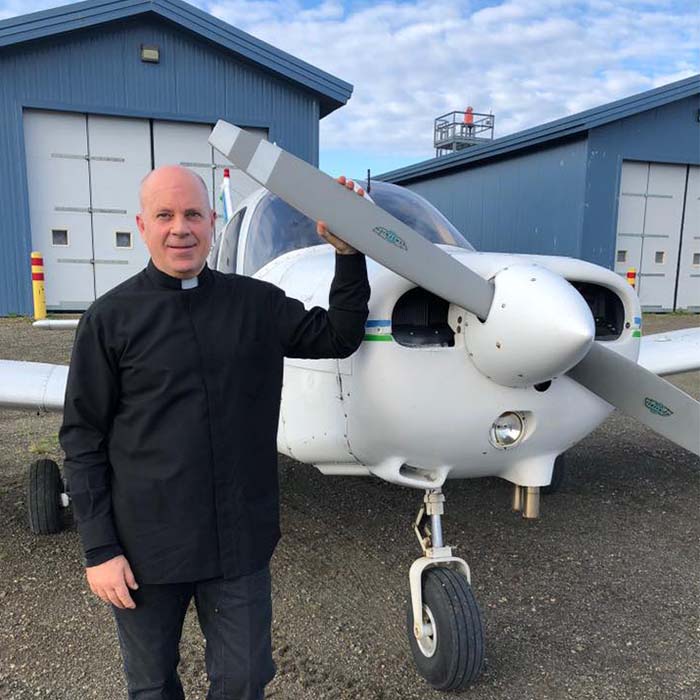
Travel continues to be among the greatest challenges and costs facing the dioceses in Alaska. Catholic Extension Society provides funding for travel by car, boat, plane and snowmachine.
This includes support for Father Scott Garrett’s flying ministry. He serves as pastor of St. Paul Mission, which includes the Aleutian Islands and Dillingham in the Archdiocese of Anchorage-Juneau, Alaska.
Priest salaries and operational expenses of parishes
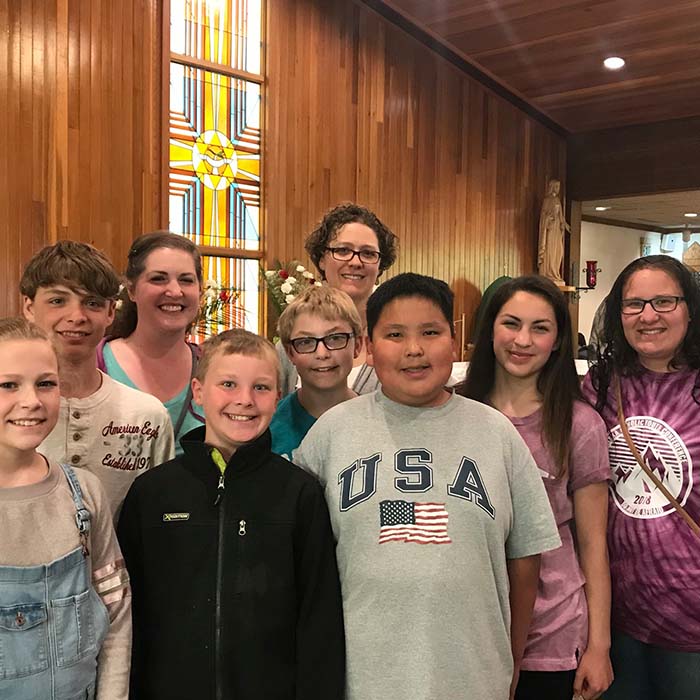
Funds needed to keep lights on in churches and food on the table for priests are just as needed today as they were at Catholic Extension Society’s founding.
Our donors support the salaries of most of the priests in Alaska as well as the operational expenses of the parishes they serve.
Seminarian education
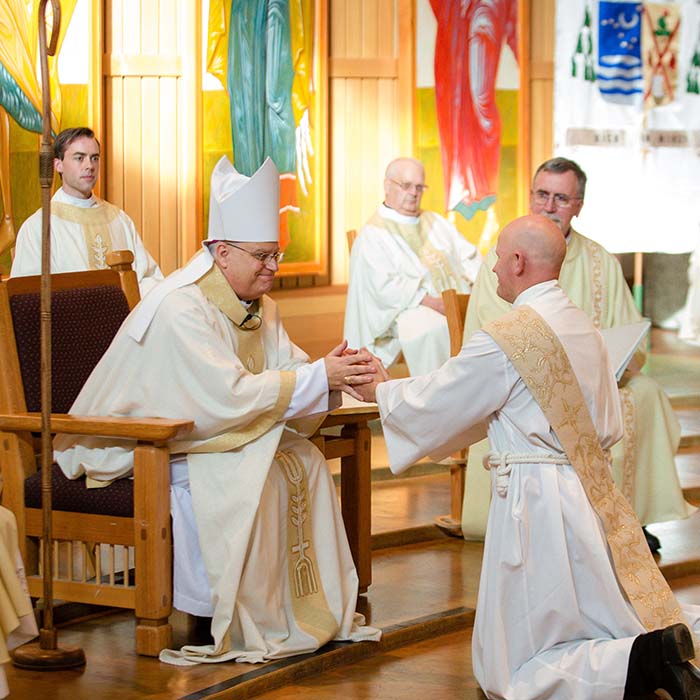
Our donors continue to support Alaskan men who follow the call to the priesthood. Catholic Extension Society also offers scholarships for advanced degrees.
“My love for God was life-changing, life-saving and soul-saving. To serve at the altar for Christ is the greatest gift that’s ever been given. And to do it in Alaska is wonderful,” said Father James Wallace, who was ordained a priest in 2020.
Lay leaders, deacons and the Native Ministry Training Program
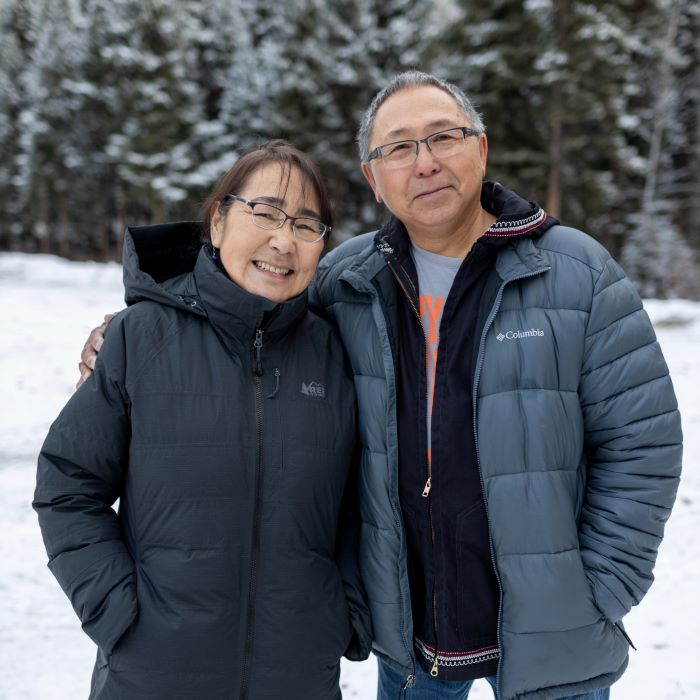
Catholic Extension Society helps Alaskan dioceses in the formation and ongoing training of local and native lay leaders and deacons. These individuals are essential to keeping their Catholic communities strong, especially since the majority of villages in Alaska do not have a resident priest.
The Native Ministry Training Program seeks out native leaders in particular. It has found great success. Deacon Dominic Hunt, a Yup’ik native, was recently ordained. Together with his wife, Lala Hunt, they lead the training program. Lala has also served as a eucharistic minister for 10 years at Sacred Heart Church in Emmonak, one of the parishes served by the 2021-2022 year’s Lumen Christi Award recipient, Father Stan Jaszek.
Young Adult Leadership Initiative
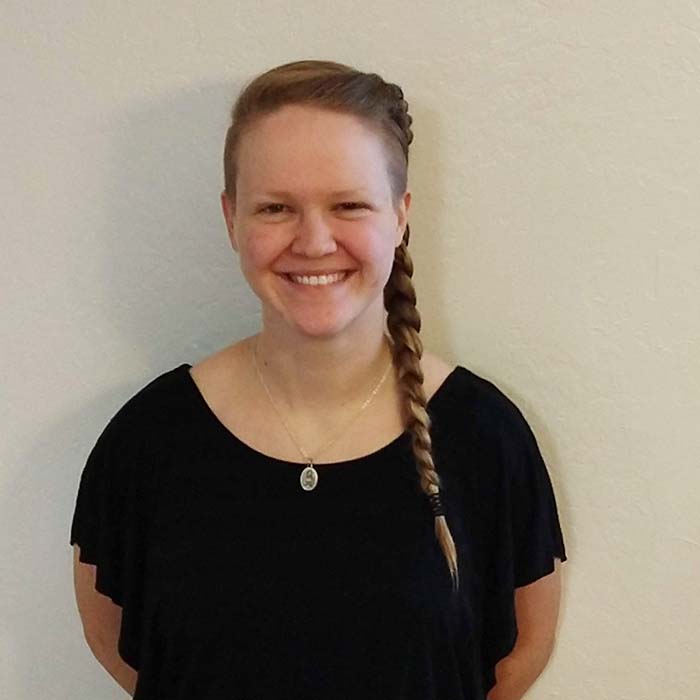
Catholic Extension Society’s Young Adult Leadership Initiative helps Extension dioceses retain, educate and develop outstanding young adult leaders by providing scholarships for master’s degrees in graduate theological education.
Anna Schulten from the Archdiocese of Anchorage-Juneau is currently enrolled at the University of Notre Dame. “Through this program, I am affirmed in my call to lay ministry,” she said.
Church building and repair
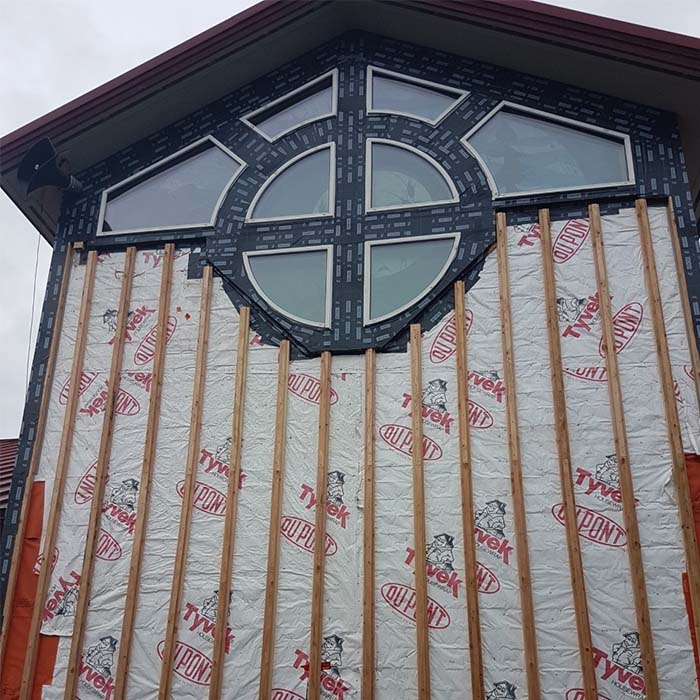
Catholic Extension Society continues to build, repair and fortify Alaskan churches against the severe winter weather.
This includes St. Mary’s parish, which serves a diverse community working in the canning and fishing industries on Kodiak Island.
Catholic Extension Society funded several major repairs to its church and school, providing safe and strong buildings for the community to gather and worship.
Religious education and youth ministries
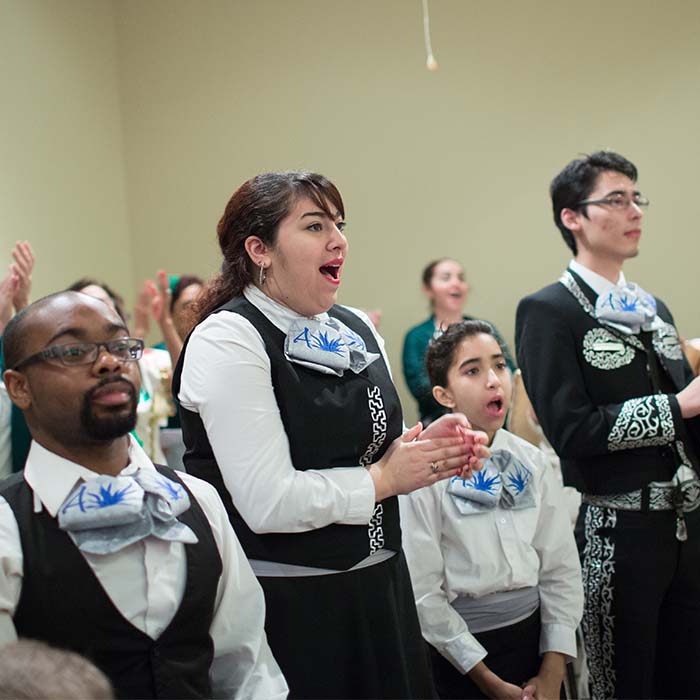
Catholic Extension Society provides funding for religious education materials, salary support for catechists, youth group programs and more.
This support enriches the faith lives of youth, such as these parishioners singing praise during Mass at the Cathedral of Our Lady of Guadalupe in Anchorage, Alaska.
From our founding to today, Catholic Extension Society remains dedicated to strengthening faith communities in Alaska. Your support is essential to helping us continue this mission.
